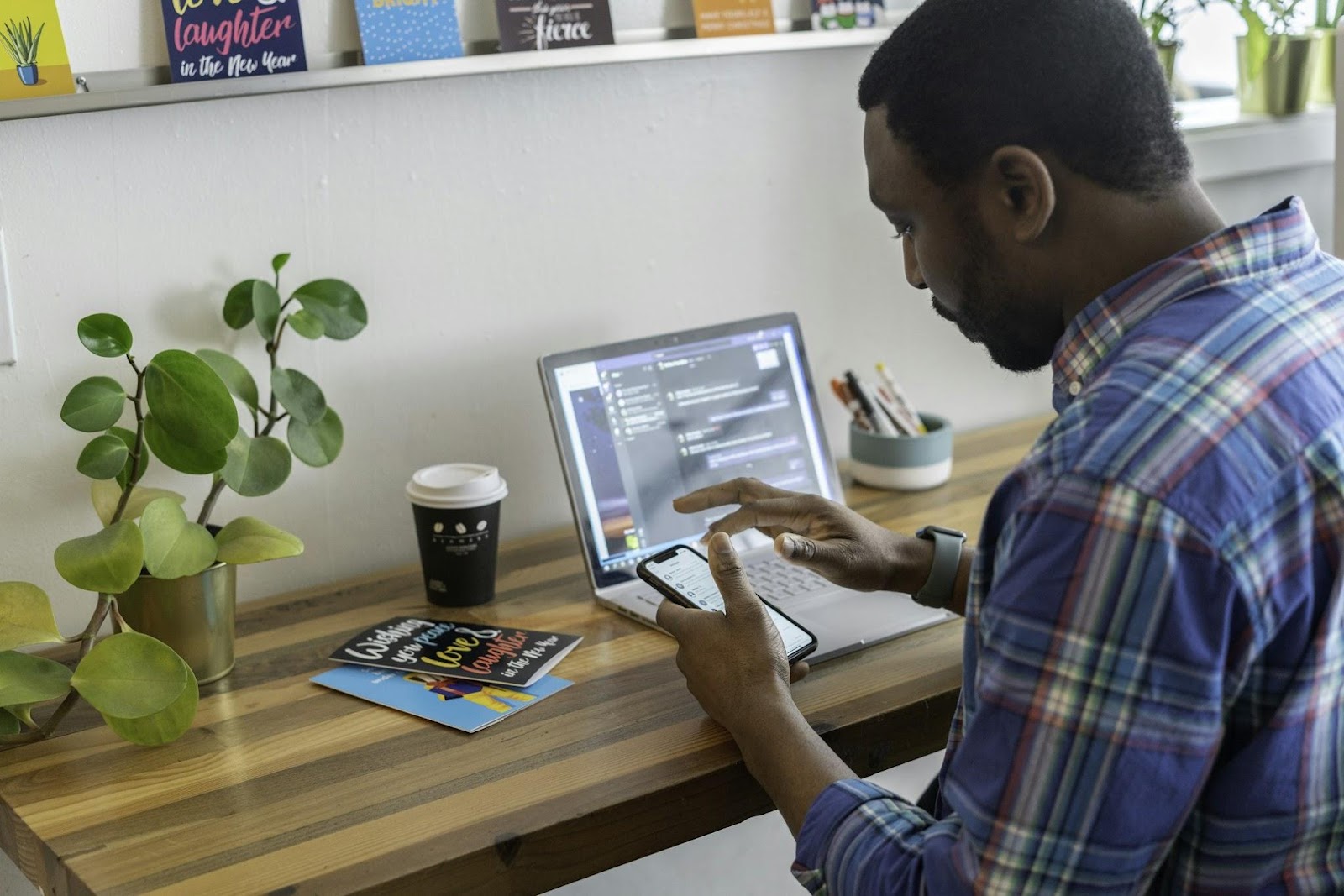Comments
- No comments found

Our lives are increasingly dominated by screens.
Whether it's working on a computer, scrolling through social media on our phones, or binge-watching our favorite shows on a tablet, we spend a significant amount of time staring at screens. While technology has undoubtedly made our lives easier and more connected, it has also brought about a new set of challenges, one of which is screen fatigue.
Screen fatigue, also known as digital eye strain or computer vision syndrome, is a common problem that affects millions of people worldwide. It is characterized by symptoms such as dry eyes, blurred vision, headaches, and neck or shoulder pain, all of which can significantly impact our productivity and overall well-being. Fortunately, there are several insider tricks and tips that can help prevent and alleviate screen fatigue. In this article, we'll explore six of these strategies to keep your eyes healthy and happy in the digital age.

Blue light emitted by screens has been associated with sleep disturbances and heightened eye strain. To counter these effects, incorporating blue light filters or screen protectors on your devices is highly recommended. These filters effectively diminish the blue light emitted, thereby easing the strain on your eyes. This is particularly beneficial during evening hours when exposure to blue light can impede melatonin production and disrupt sleep patterns, experts from blockbluelight.com explain. Many devices now come with built-in blue light filter settings that can be activated for added protection.
Additionally, wearing blue light glasses is another proactive measure you can take to shield your eyes from the harmful effects of prolonged screen exposure. These glasses are designed to block or absorb blue light, reducing eye strain and potentially improving sleep quality. Incorporating blue light filters and glasses into your daily routine can significantly contribute to maintaining healthy eyes and minimizing screen fatigue.
The 20-20-20 rule is a simple yet effective technique to reduce eye strain during prolonged screen time. The rule is easy to remember: every 20 minutes, take a 20-second break and look at something 20 feet away. This brief pause allows your eyes to relax and refocus, reducing the strain caused by continuous screen exposure. Incorporating the 20-20-20 rule into your daily routine can make a significant difference in preventing screen fatigue.
Many people overlook the importance of adjusting their screen settings for optimal viewing comfort. Tweaking settings such as brightness, contrast, and font size can make a big difference in reducing eye strain. Start by setting your screen brightness to match the ambient lighting in your environment. Avoid overly bright screens, especially in dimly lit rooms, as they can cause glare and discomfort. Additionally, increasing font size and using high-contrast settings can make text easier to read, reducing the need for squinting and straining your eyes.
Creating an ergonomic workspace is essential for preventing not just eye strain but also overall musculoskeletal discomfort during long hours of screen use. Position your computer screen at eye level to avoid tilting your head up or down, which can strain your neck and shoulders. Use a comfortable chair with proper lumbar support and keep your feet flat on the floor to maintain a neutral posture. Consider using an adjustable desk or monitor stand to achieve the ideal screen height and angle for optimal viewing comfort.
In addition to the 20-20-20 rule, taking regular breaks throughout your screen-heavy activities is crucial. Set reminders to step away from your screen every hour and engage in activities that give your eyes a rest, such as stretching, walking, or simply looking out of a window. You can also incorporate eye exercises into your breaks, such as blinking exercises to moisturize your eyes or focusing exercises to improve eye flexibility and coordination. These simple practices can help prevent eye fatigue and maintain visual acuity over time.
Finally, maintaining a balanced lifestyle is key to supporting healthy eyes and preventing screen fatigue. Make sure to prioritize regular eye check-ups with an optometrist to monitor your eye health and address any vision issues promptly. Eat a nutritious diet rich in antioxidants and omega-3 fatty acids, which are beneficial for eye health. Stay hydrated to prevent dry eyes, and practice good sleep hygiene to ensure adequate rest for your eyes and overall well-being.

In conclusion, screen fatigue is a common problem in today's digital world, but it doesn't have to be an inevitable consequence of our screen-centric lifestyles. By incorporating these insider tricks into your daily routine, such as practicing the 20-20-20 rule, adjusting screen settings, using blue light filters, optimizing your workspace ergonomics, taking regular breaks, and following a balanced lifestyle, you can protect your eyes and prevent screen fatigue. Remember, your eyes are precious, so take proactive steps to keep them healthy and happy in the digital age.
Leave your comments
Post comment as a guest